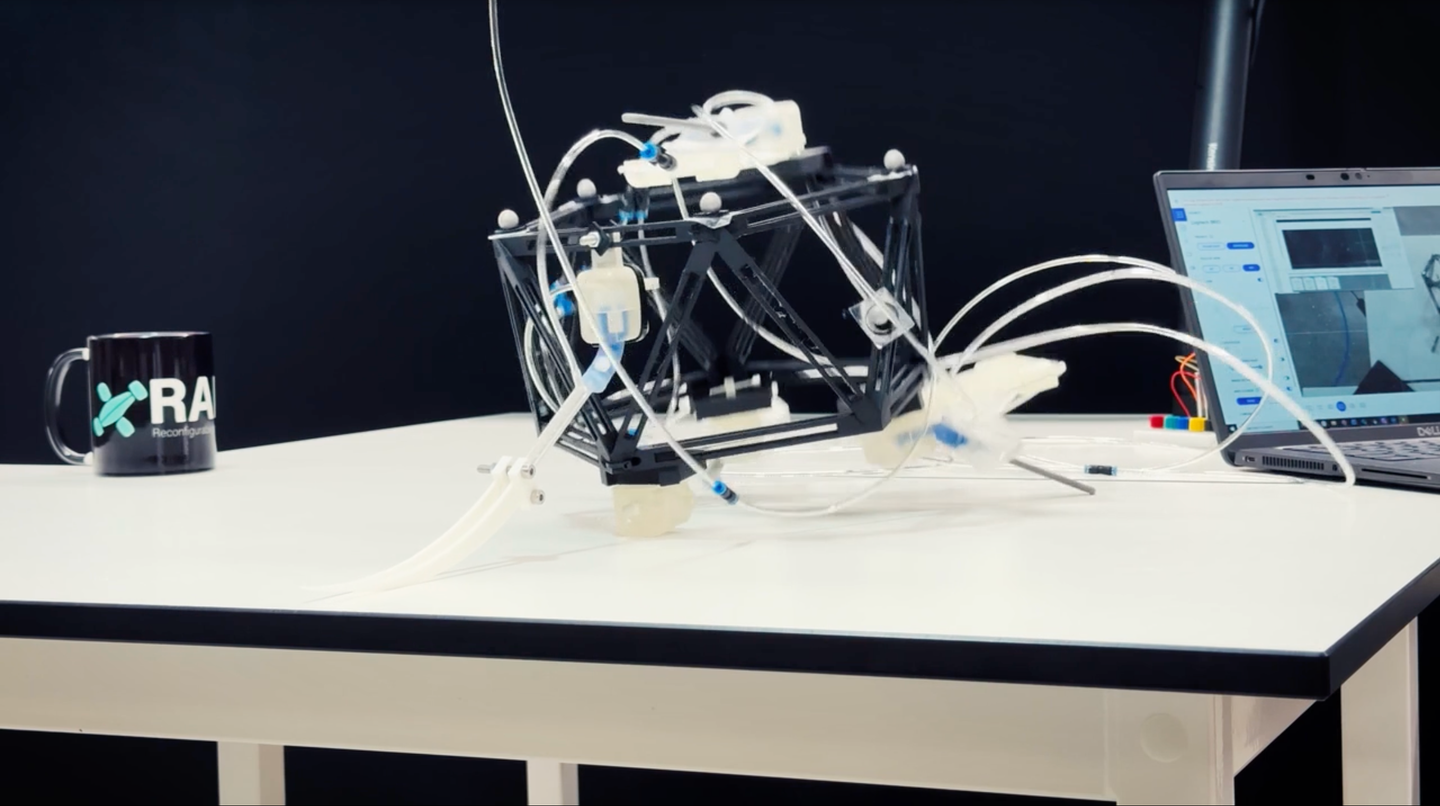Breakthrough new blood test detects ovarian cancer at over 90% accuracy
This surpasses the efficacy of many other commercially available tests, spotlighting a promising future for ovarian cancer diagnosis.

[Oct. 14, 2023: Staff Writer, The Brighter Side of News]
This surpasses the efficacy of many other commercially available tests, spotlighting a promising future for ovarian cancer diagnosis. (CREDIT: Creative Commons)
In the constant pursuit of early cancer detection, a groundbreaking study at the USC Norris Comprehensive Cancer Center unveils the potential of a blood test to distinguish between malignant and benign pelvic masses with a remarkable 91% accuracy.
This surpasses the efficacy of many other commercially available tests, spotlighting a promising future for ovarian cancer diagnosis.
The Silent Threat of Ovarian Cancer
High-grade serous ovarian carcinoma (HGSOC) stands as the most prevalent type of ovarian cancer. Alarmingly, it's also the deadliest. A significant factor contributing to its lethality is the absence of effective early-stage screening techniques. Detecting this cancer during its nascent stages significantly improves treatment outcomes.
High-grade serous ovarian carcinoma (HGSOC) is the most common type of ovarian cancer. (CREDIT: USC)
For patients with pelvic masses — abnormal lumps in the lower abdomen — discerning the benign from the malignant prior to surgical intervention is challenging. Biopsies, standard for many cancer diagnoses, aren't typically viable in these cases, leaving physicians grappling with crucial treatment decisions.
However, recent advancements offer hope. Enter the liquid biopsy.
Liquid Biopsy: The Future of Diagnosis?
Preclinical research, as published in Clinical Cancer Research, unveils a revolutionary blood test detecting circulating nucleic acids. This liquid biopsy offers a potential game-changer: it might ascertain the nature of a pelvic mass more accurately than current tests.
Related Stories
Bodour Salhia, PhD, co-leader of the Epigenetics Research in Cancer Program at USC Norris Comprehensive Cancer Center, articulates the implications: “The test has the potential to improve treatment, as the surgical approach varies based on the mass's benign or malignant status. Currently, doctors are left to take their best guess.”
Lynda Diane Roman, MD, an associate professor of obstetrics and gynecology, adds that understanding the mass pre-surgery could guide the selection of both surgeon type and surgical method.
Beyond aiding in treatment decisions, researchers are probing the potential of the OvaPrintTM test as an early-detection tool for ovarian cancer in asymptomatic women. Early detection vastly improves survival rates, with a leap from less than 40% for late-stage detections to over 90% when the cancer is caught early.
OvaPrint™ Feature Discovery using RRBS in HGSOC and normal tissue. Left pie chart shows the number of HGSOC, normal ovarian, and normal fallopian tissues analyzed by RRBS; right pie chart shows the breakdown by stage of all HGSOC samples. (CREDIT: Clinical Cancer Research)
“Early detection saves lives,” asserts Salhia. “Accurate identification of early-stage ovarian cancer can drastically alter disease outcomes and significantly boost survival rates.”
Inside OvaPrintTM: A Focused Approach
OvaPrintTM, at its core, employs a cell-free DNA methylation liquid biopsy technique. This emerging method seeks out circulating DNA in the bloodstream, specifically targeting DNA exhibiting methylation at particular nucleic acids. DNA methylation, a complex cellular process, can modify gene expression and, crucially, serve as a disease biomarker.
HGSOC DNA methylation profiles more closely resemble fallopian tube tissue rather than ovarian tissue UMAPs representing genome-wide methylation profiles of HGSOC and normal fallopian and ovarian tissues. The UMAPs are generated from genome wide methylation profiles of each sample at 2,231,688 CpGs. UMAPs are colored by sample type (A) and tumor stage (B). (CREDIT: Clinical Cancer Research)
Current ovarian cancer tests frequently fall short in early-stage detection. OvaPrintTM, by contrast, is engineered to spot HGSOC in its early stages, where treatments can be most effective.
Salhia and her team dedicated their efforts exclusively to the HGSOC subtype of ovarian cancer for this research. By collecting and comparing over 370 tissue and blood samples, they pinpointed distinct DNA methylation patterns associated with HGSOC. Subsequent efforts involved crafting a blood test capable of identifying these specific methylated nucleic acids.
Performance of Risk Assessment Classifier for HGSOC vs benign pelvic masses. ROC curve indicating the performance of OvaPrint™ to discriminate between benign pelvic masses and HGSOC . AUC with 95% CI is annotated. (CREDIT: Clinical Cancer Research)
Machine learning further refined their diagnostic process, enabling a classifier that can accurately differentiate between benign masses and HGSOC.
To evaluate a test's reliability, scientists look at its sensitivity (low false negatives) and specificity (low false positives). OvaPrintTM's standout 91% accuracy indicates it excels in both metrics, a feat uncommon in many current tests, Salhia notes.
HGSOC vs normal as evidence for screening utility: Sample Performance visualized by UMAPs and Box Plot. UMAPs of all HGSOC and benign samples run on OvaPrint™ using beta values from the top 25 most important regions. (CREDIT: Clinical Cancer Research)
In light of OvaPrintTM's potential, Salhia founded CpG Diagnostics Inc. to promote its adoption as a transformative diagnostic tool for ovarian cancer.
The Path Forward for OvaPrintTM
As OvaPrintTM garners attention, researchers are initiating a follow-up study aiming to corroborate their findings in an even larger patient pool. Pending these results, the team envisions launching a commercially viable version of the test within the next two years.
Generalizability of OvaPrint in non-HGSOC EOC histotypes Boxplots of OvaPrint™ scores from cfDNA samples with non-HGSOC histotypes of EOC. A shows high-grade and low-grade tumors, B shows all borderline cases. Each point represents 1 sample, boxplots and points are colored by tumor grade in A. (CREDIT: Clinical Cancer Research)
Moreover, the team is considering OvaPrintTM's adaptability for other ovarian cancer subtypes, with the eventual goal of molding it into a broad-spectrum population screening tool.
In summary, the scientific realm holds its breath as OvaPrintTM promises a brighter horizon for ovarian cancer detection and treatment. As studies progress and refinements continue, the world awaits a potential paradigm shift in managing this formidable disease.
Note: Materials provided above by The Brighter Side of News. Content may be edited for style and length.
Like these kind of feel good stories? Get the Brighter Side of News' newsletter.



